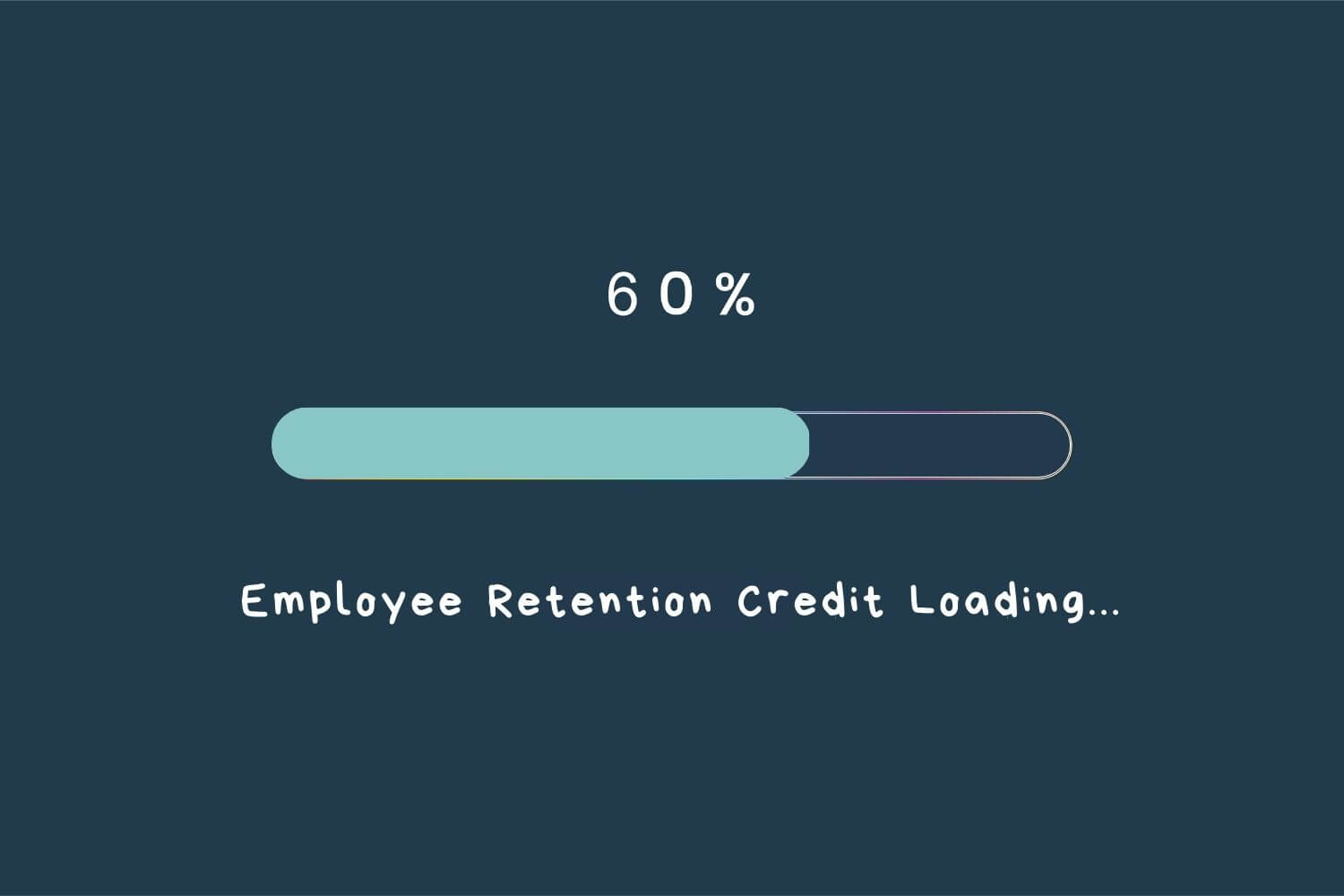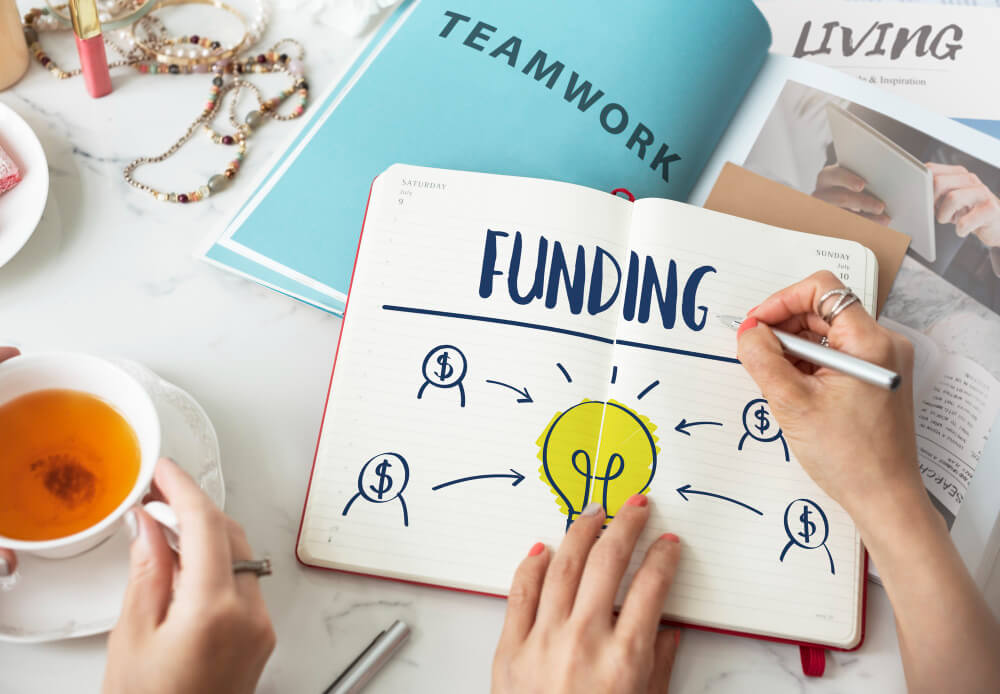The following is a recently received email. My comments/responses are the indented paragraphs. We’re a relatively young 501c3, at about 5 years old, but have relied mostly on dues from members up to this point. Last year we participated in our state’s annual nonprofit day of giving. It is my observation that memberships/dues are not …
Finance/
Financing & Loans
I had a conversation, recently, with a board member of an organization – a type of “foundation” that raises funds to support activities designed to advance/sustain their profession, who indicated that the board was “disappointed” with the total dollars that have been raised over their first few years. When the organization was first created, they …
A recent email asked: “What is a reasonable goal to ask a development person to raise for a non-profit organization? “Our Executive Director, a former college president, expects me to raise 6 to 8 times my salary in new money, which was the expectation at the college. “Have you heard of that concept before? I’ve …
This time, calling it by it’s correct name !! As previously noted in these postings, “Development” has its focus on the relationships between the organization and its constituents/donors that can result in contributed income, “Fundraising” focuses only on the dollars. For a new nonprofit, immediate funding would probably be needed to ensure survival in the …
As noted last week: (1) The fundraising plan addresses (where appropriate) mass solicitation (mail, email, telephone), individual solicitation (major gifts), foundation applications, corporate solicitation and special events; and, (2) A fundraising plan, more than anything, must be a reflection of reality. In crafting a plan, “reality” derives from experience. For example, only if you’ve previously …
This is one of the most important aspects of a successful Development program, but it’s a subject that needs a lot more attention than it gets. An organization’s development/fundraising plan, once formulated, provides the map, the guidelines for doing what must be done to raise the funds an organization needs to operate/survive. Sticking with the …
Back in February, I posted a piece “Development As A Profession Vs. Development As An Activity,” in which I noted that the Development process includes the establishment of relationships with potential donors (individuals, foundations, corporations), with the purpose of learning their needs and how the satisfaction of those needs can/will correspond with the satisfaction of …







